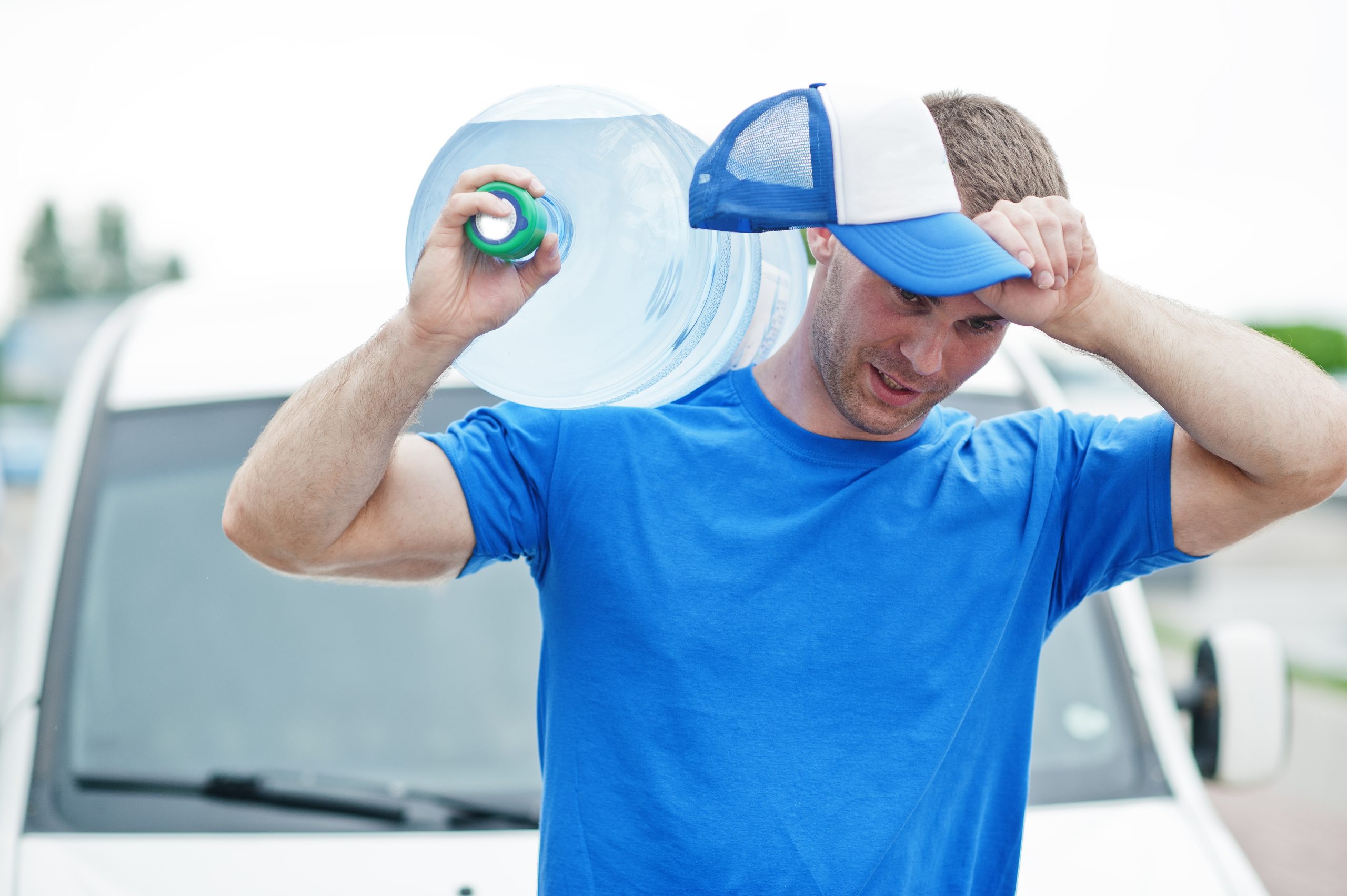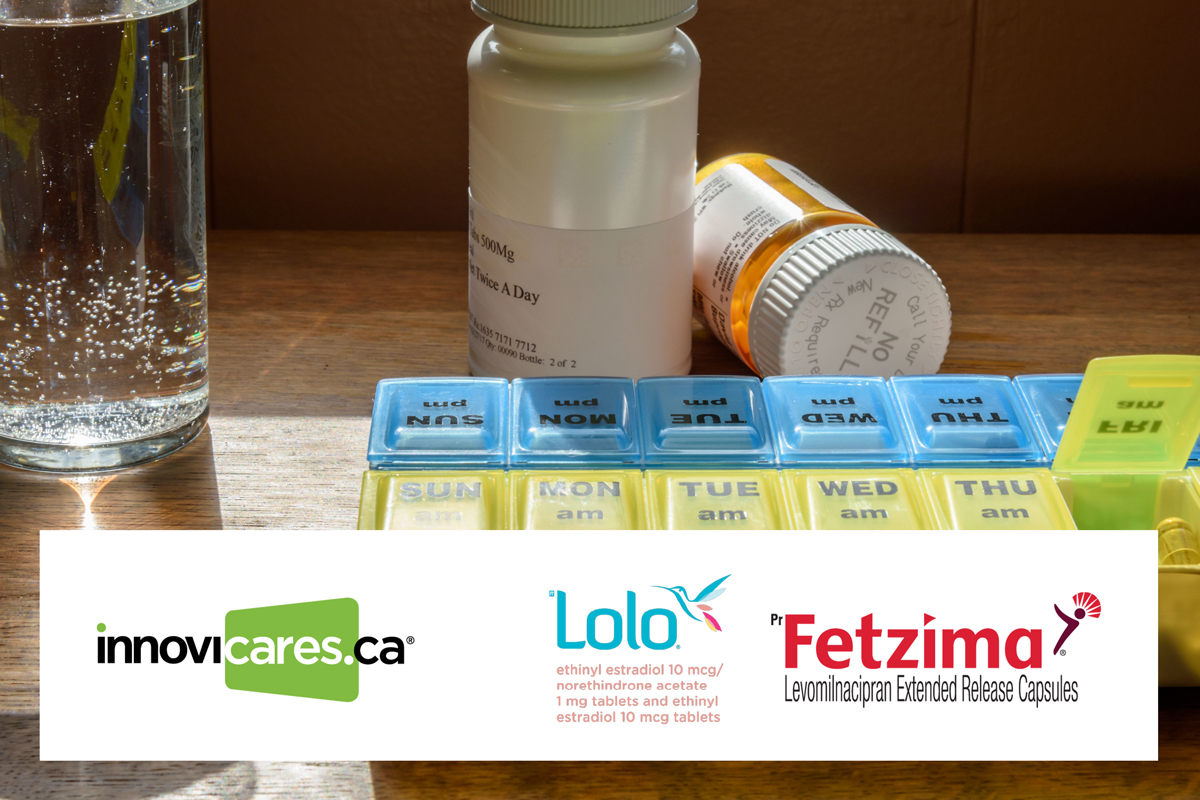As heat waves and “heat domes” become more common across Ontario, employers need to take a hard look at how rising temperatures impact worker safety. When the Humidex—a measure that combines heat and humidity—climbs past 40, it’s not just uncomfortable, it becomes a serious occupational health hazard. And once it exceeds 45, the risk is considered so high that only medically supervised work is permitted.
So how can employers protect their teams when the temperature soars, especially in industries with outdoor or high-exertion work like construction, landscaping, or recreation? The answer starts with planning, monitoring, and knowing when it’s time to slow things down.
The Danger Zone: What a Humidex Over 45 Really Means
A Humidex reading above 45 is classified as extreme. In these conditions, the potential for heat stroke or other serious heat-related illnesses rises sharply. According to workplace safety guidance such as the OHCOW Heat Stress Response Plan, any work that continues in these temperatures must be under direct medical supervision. That includes monitoring core body temperature and heart rate—practices that most workplaces are not equipped to perform safely or legally.
Understanding Time-Weighted Heat Exposure
One important detail employers often overlook is that heat stress is not just about peak temperature—it’s about cumulative exposure over time. Heat stress assessments use a one-hour time-weighted average (TWA) to evaluate total exposure, which means you need to account for both hot and cool environments an employee experiences within that hour.
For example, if a lifeguard works 45 minutes in direct sun at a Humidex of 48, but spends 15 minutes in an air-conditioned space where the Humidex is 31, the TWA exposure would still be around 44. According to the heat response plan, that level of heat requires 45 minutes of rest per hour—yet the worker only had 15.
To bring that exposure down to safer levels, relief time must increase. By providing 30 minutes of cool, indoor recovery time each hour, the adjusted TWA Humidex drops to around 40—aligning with recommended safety protocols.
Adjusted* Humidex
Response
25-29
supply water to workers on an “as needed” basis
30-33
- Post Heat Stress Alert notice;
- Encourage workers to drink extra water;
- Start recording hourly temperature and relative humidity
34-37
- Post Heat Stress Warning notice;
- Notify workers that they need to drink extra water;
- Ensure workers are trained to recognize symptoms
38-39
- Work with 15 minutes of relief per hour can continue;
- Provide adequate cool (10-15°C) water;
- at least 1 cup (240 mL) of water every 20 minutes
- Workers with symptoms should seek medical attention
40-41
Work with 30 minutes relief per hour can continue in addition to the provisions listed previously
42-44
If feasible, work with 45 minutes relief per hour can continue in addition to the provisions listed above
45**
or over
Only medically supervised work can continue
What Employers Can Do When the Humidex Soars
While medical supervision may not be feasible for most workplaces, there are several practical steps employers can take to manage heat stress effectively:
Track and Record Conditions Hourly
Start monitoring temperature and humidity on-site. If employees are working in direct sunlight, adjust the Humidex upward by 4 points to account for added radiant heat exposure.Provide Adequate Cool Water
Ensure that workers have access to cold water (10–15°C), with at least 240 mL every 20 minutes during high heat.Plan for Scheduled Breaks
Use time-weighted averages to calculate how long workers can safely remain in the heat. Build in rest breaks in cooler, shaded, or air-conditioned areas to lower cumulative exposure.Train and Educate Staff
Workers should know how to recognize symptoms of heat exhaustion and heat stroke—and feel empowered to speak up if they experience dizziness, nausea, fatigue, or confusion.Use Rotations and Modified Schedules
Limit time in direct sun or strenuous tasks during the hottest parts of the day. Alternate job duties and consider starting shifts earlier in the morning.Know When to Stop Work
If the adjusted Humidex is over 45 and sufficient rest or supervision isn’t possible, work should be delayed, rescheduled, or modified to reduce risk. Heat-related illnesses are preventable—but only when employers act early.
Protecting People, Not Just Productivity
The pressure to meet deadlines doesn’t outweigh the importance of worker safety. Understanding how to apply time-weighted heat exposure assessments and proactively adjust workloads is a critical part of managing today’s more extreme summer weather.
At Norbram, we support businesses with the tools and guidance they need to create safer, healthier workplaces. Whether it’s education on heat stress protocols or support with comprehensive health benefits, we’re here to help you keep your people protected—no matter what the thermometer says.






